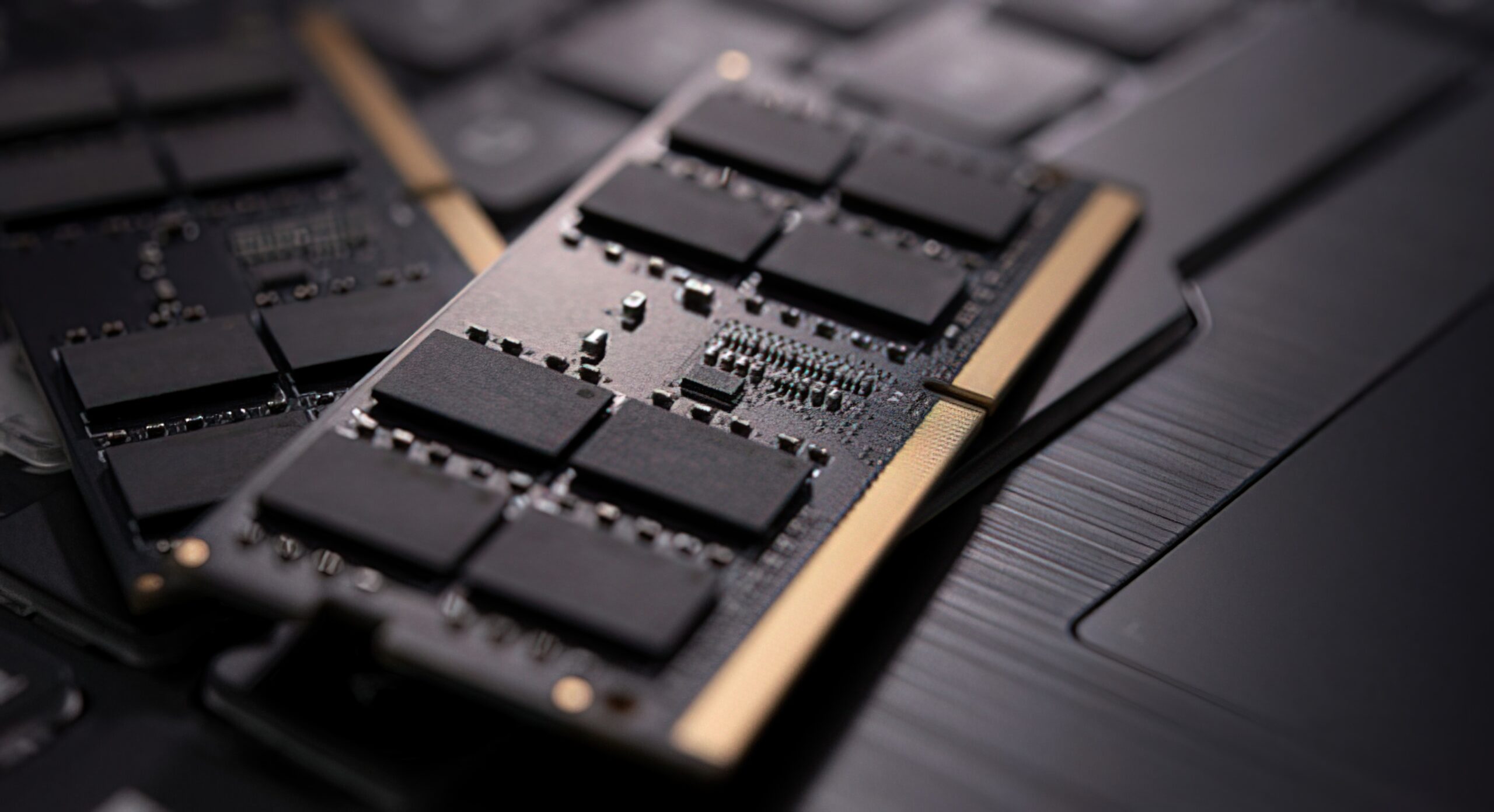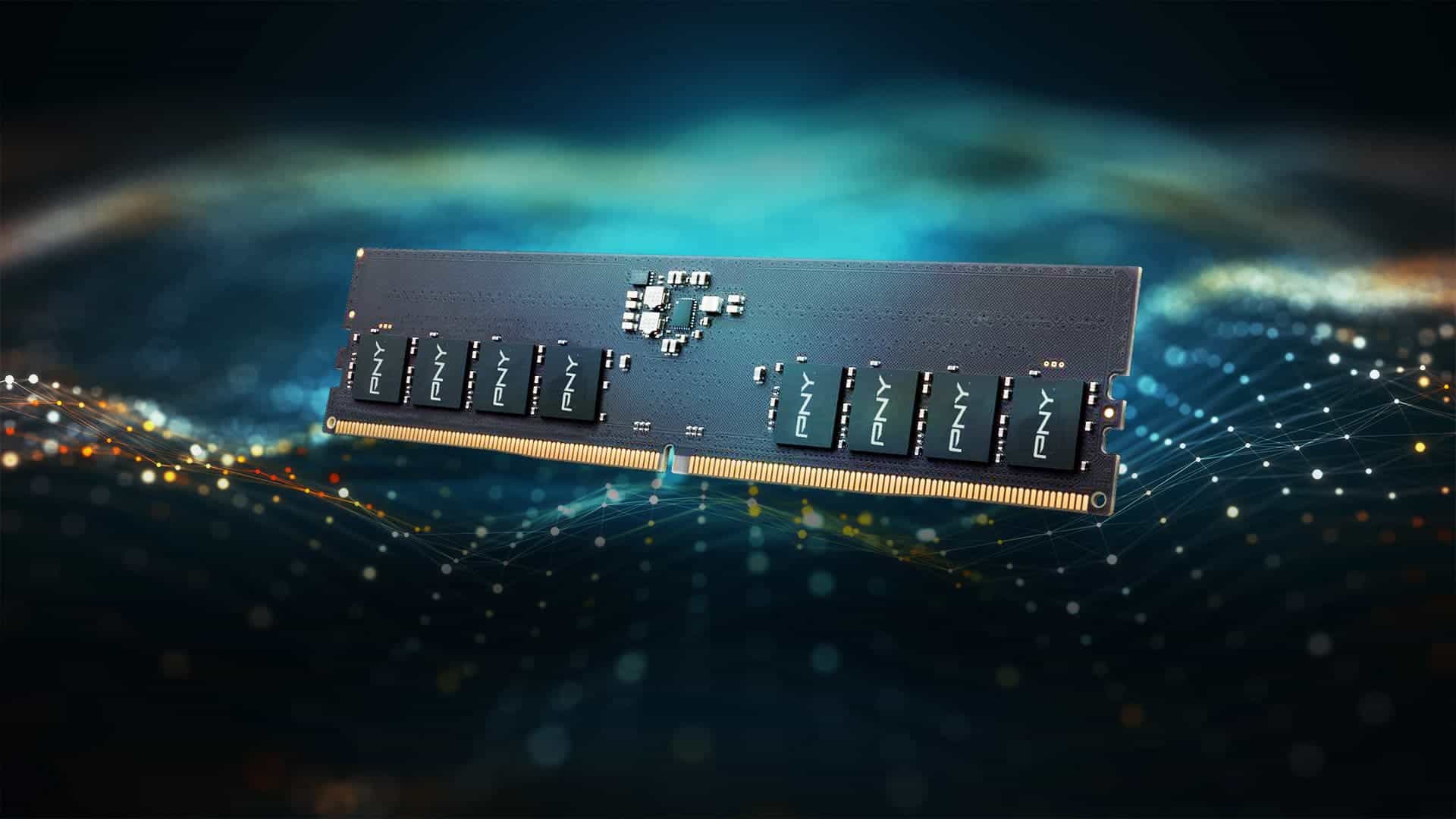Although DDR5 hit the mainstream market no more than a few months ago and doesn’t seem to have any practical applications (for now), it appears that Samsung is already making some big moves. The company is taking things a step further with its plans. It’s already gearing up to develop the next generation of memory modules and RAM sticks. You heard it, right. We’ll be getting DDR6 sooner than you think!
In a seminar in South Korea, the Vice President of Samsung’s Test and System Package revealed to the world that packaging technology is needed to evolve with the current advancements being made in the memory sector.
Memory modules are advancing rapidly, and to keep up with the current trend, the packaging sector needs to grow as well. The company shocked the world when they broke the news that they’re already in the initial stages of DDR6 memory development, which will be utilizing a technology known as MSAP.
But it appears Samsung isn’t the first in the race to be using MSAP as their competitors SK Hynix and Micron have already been implementing this technology in their DDR5 memory units. So, the big question at this current time is. What is MSAP, and what does it bring to the table in terms of performance?
MSAP technology in DDR6
MSAP, short for Modified Semi-Additive Process, allows DRAM memory manufacturers to create memory modules with finer and smaller circuits.

What the manufacturers do is that they go ahead and create coating circuit patterns within the empty spaces in the memory boards that were previously left empty. So they compact the memory modules to add more circuitry into the existing space. Way to go about using untouched area!
The previous tenting methods only coated spaces of the circular copper plate where the circuit patterns were formed, and the other areas were engraved out. The areas besides the circuits are properly coated in MSAP. To make matters interesting, the empty spaces are also plated, and this allows for finer circuits to be manufactured.
This allows enhanced connections between the memory chipsets and allows for overall faster transfer speeds. But this is just the tip of the iceberg, as the next generation of memory will not only be incorporating MSAP technology into the ram sticks but will also increase and adapt to the layers being integrated into the DDR6 modules.
The data processing speeds and the capacity of memory modules are supposed to go up exponentially and to keep up with this pace, packages need to be designed in order to accommodate the memory sticks. With the increasing number of layers, the memory package market will grow at a rapid rate too.
DDR6 release and advancements in DDR5
Samsung states that the DDR6 design isn’t going to be finalized soon. That is, not until sometime in 2024, and you can forget about commercial usage till 2025. But the memory speeds will be worth the wait. DDR6 speeds are expected to be twice as fast as the current DDR5 speeds. Till then, DDR6 support will catch up as well on Intel and AMD platforms, too.
You can expect normal transfer speeds of up to 12,800 Mbps and if you move into the market for superior, binned memory modules, expect overclocked speeds of up to 17,000 Mbps. To put things into perspective, Samsung’s current top-of-the-line DDR5 DIMM offers transfer speeds of “only” up to 7,200 Mbps.
This makes for a 1.7x improvement over JEDEC and an improvement of over 2.36x for overclocked modules, as compared to the current-gen offerings.

But to be fair, DDR5 still has a lot of potential as ADATA and XPG announced their DDR5 memory modules that are capable of up to 12,600 Mbps transfer speeds which is pretty much equivalent to the base transfer speed of DDR6. DDR5 just released a few months ago and still offers a lot of oomph for consumer platforms to take in, so, should we seriously make a jump to DDR6 this soon in the transfer speed race?
We can’t take advantage of the potential that DDR5 holds for us this soon in the technology race as there’s limited support provided by Intel’s platform, and currently, AMD currently doesn’t provide any support for DDR5. But that will all change with the release of the next generation of CPU platforms, namely Raptor Lake and Zen4, which will bring AMD up to speed on DDR5 combability.
The post Samsung Plans Ahead With DDR6 Memory Development appeared first on Appuals.com.


0 Commentaires